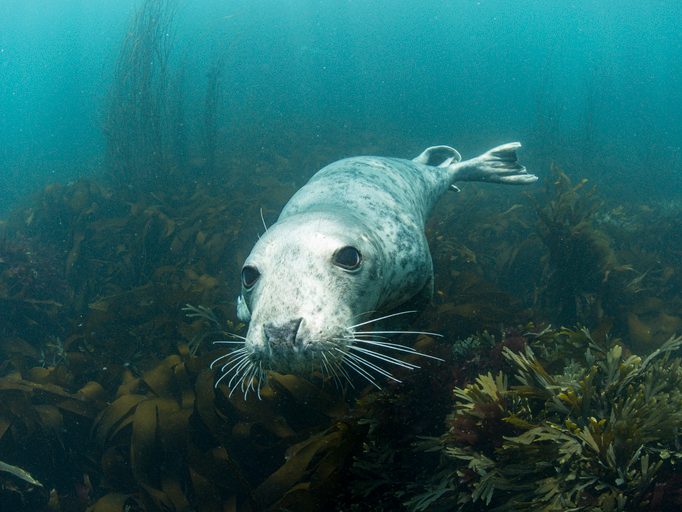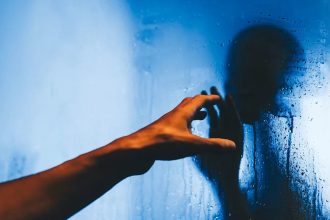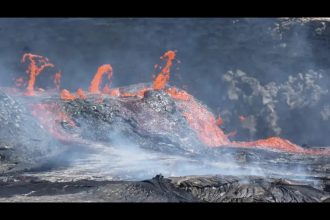Freedivers, capable of reaching impressive depths on a single breath, often employ a technique of hyperventilation to expel carbon dioxide (CO₂) from their systems before diving. This process mitigates the urge to breathe, though it can sometimes lead to blackouts underwater, necessitating the presence of scuba divers for a speedy rescue.
Marine ecologist Chris McKnight and his team at the University of St Andrews posed an intriguing question: how do grey seals manage to dive to great depths for extended periods without losing consciousness?
To explore this, the researchers temporarily housed six grey seals in a specially constructed tank, which featured an underwater habitat with a feeding area and a domed breathing chamber. This setup allowed the seals to forage freely and surface to breathe, emulating the experience of emerging onto ice.
In their experiment, the scientists introduced various mixtures of oxygen and CO₂ into the breathing chamber, beginning with a standard air mixture of 21 percent oxygen and 0.04 percent CO₂. They then altered the gas concentrations, measuring how long the seals stayed submerged with each air mix.
Contrary to expectations, the researchers found that high levels of CO₂ did not result in shorter dive durations for the seals, challenging existing assumptions about breath-holding behaviors. However, low oxygen levels did significantly impact the time the seals spent underwater.
The team’s findings led to the conclusion that a seal’s brain primarily tracks the oxygen levels in its blood rather than CO₂. This allows the seals to make informed decisions about when to surface for air, rather than relying purely on involuntary physiological triggers. Consequently, their ability to regulate dives helps safeguard them from drowning.












